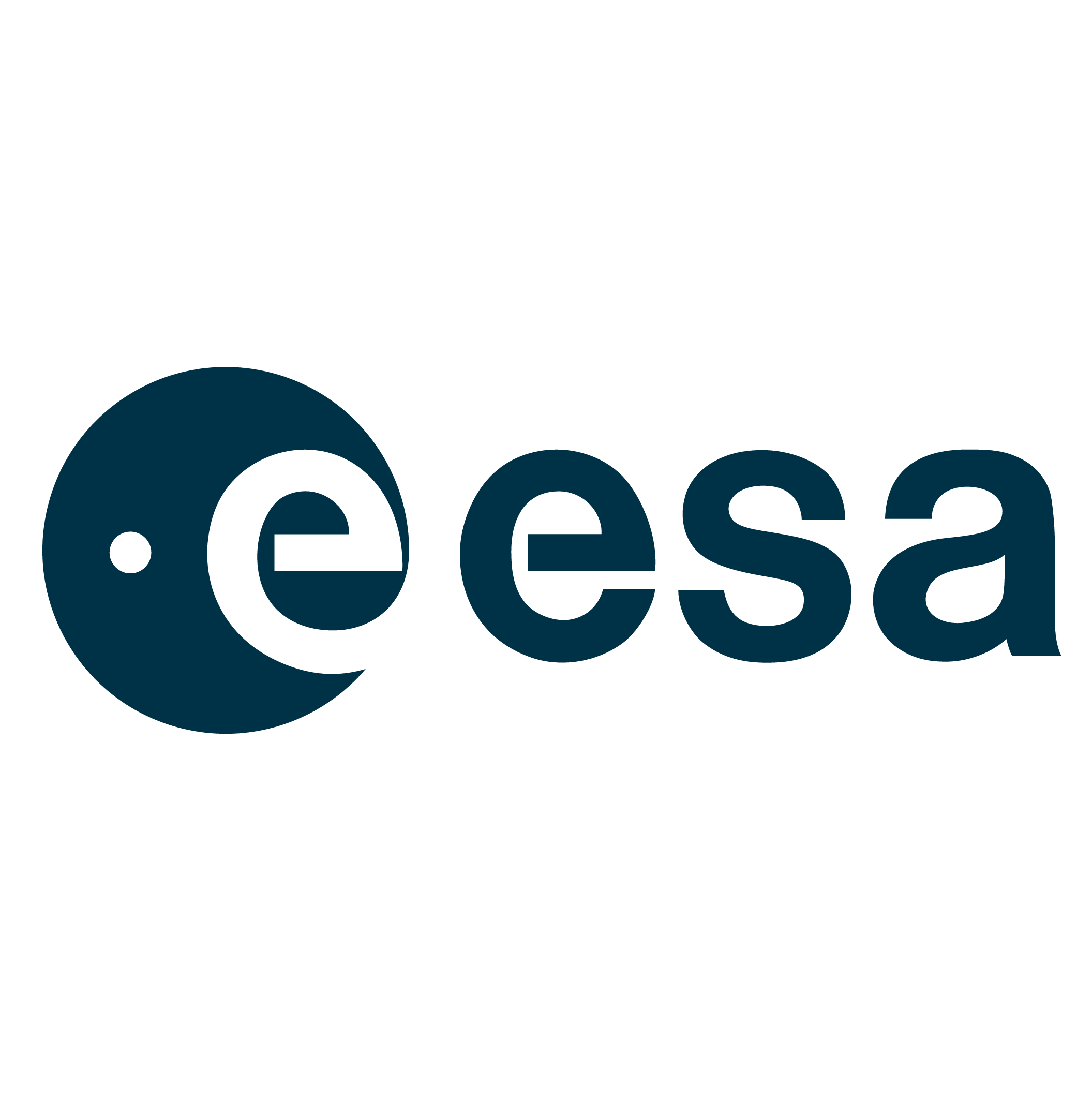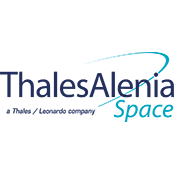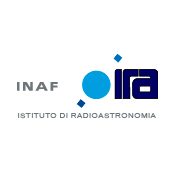JUICE science objectives
The overall science objectives of the JUpiter ICy moons Explorer (JUICE) mission for the icy satellites are:
Ganymede
characterise Ganymede as a planetary object and possible habitat
Europa
explore Europa’s recently active zones
callisto
study Callisto as a remnant of the early Jovian system
Radar for Icy Moon Exploration
JUpiter ICy moons Explorer (JUICE) is the first Large-class mission chosen as part of the ESA’s Cosmic Vision 2015-2025 programme.
The spacecraft will carry a number of instruments for studying different aspects of the Jovian system. Radar for Icy Moon Exploration (RIME) is one of the payloads that will be carried on board JUICE. RIME is a radar sounder instrument optimized for the penetration of the Galilean icy moons up to a depth of 9 km.
The proposed RIME is unique as it is the first instrument to be deployed to Jupiter and the outer Solar System capable of performing direct subsurface measurements. Therefore, RIME is a key instrument for achieving groundbreaking science on the geology and the geophysics of Ganymede, Europa and Callisto.
In order to reach the scientific objectives of the JUICE mission regarding the investigation of the subsurface of the Jovian moons, the design of the RIME instrument has to take into account the following observational requirements: multiple profiles for targeted regions with less than 50 km spacing, penetration depths of 1-9 km and vertical resolution of 30 m to 1% of target depth.
RIME Status: Phase E
RIME TEAM MEMBERS

University of Trento

JPL

Italian Space Agency

European Space Agency

National Aeronautics and Space Administration

Thales Alenia Space

Fondazione Bruno Kessler

Institute for Geophysics, University of Texas at Austin

University of Iowa

Applied Physics Laboratory, Johns Hopkins University

Institut de Planétologie et d‘Astrophysique de Grenoble CNRS/UJF

Smithsonian Institution, Center for Earth and Planetary Studies

Istituto di Astrofisica e Planetologia Spaziali, Istituto Nazionale di Astrofisica

International Research School of Planetary Sciences, Università d‘Annunzio

Consorzio di Ricerca su Sistemi di Telesensori Avanzati

Roma 3 University

Washington University in St. Louis

Technische Universität Dresden

Sapeinza

